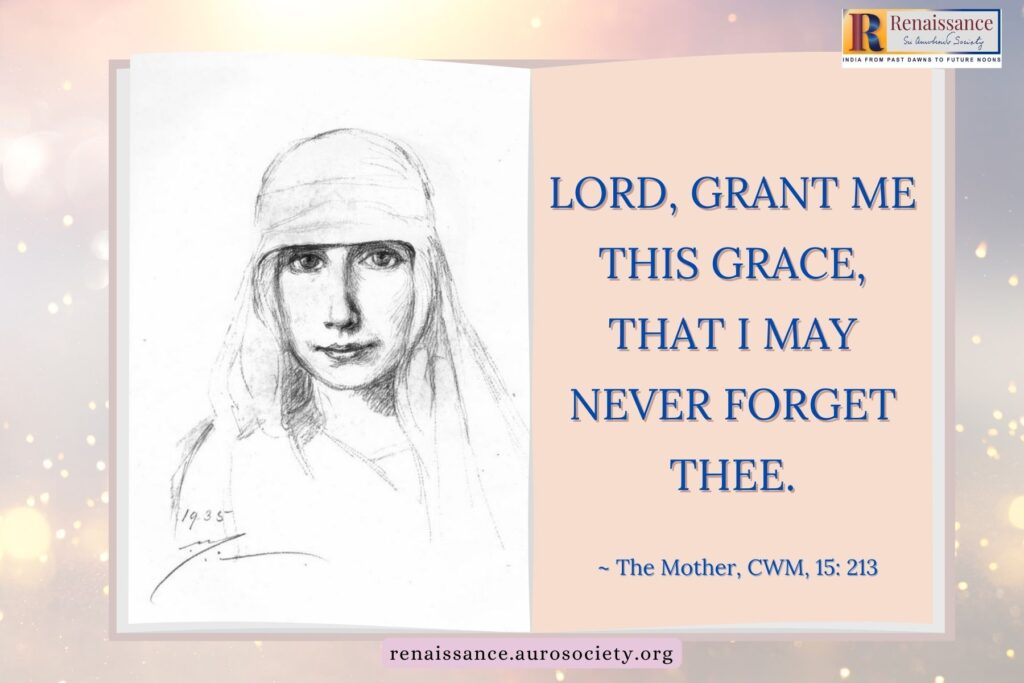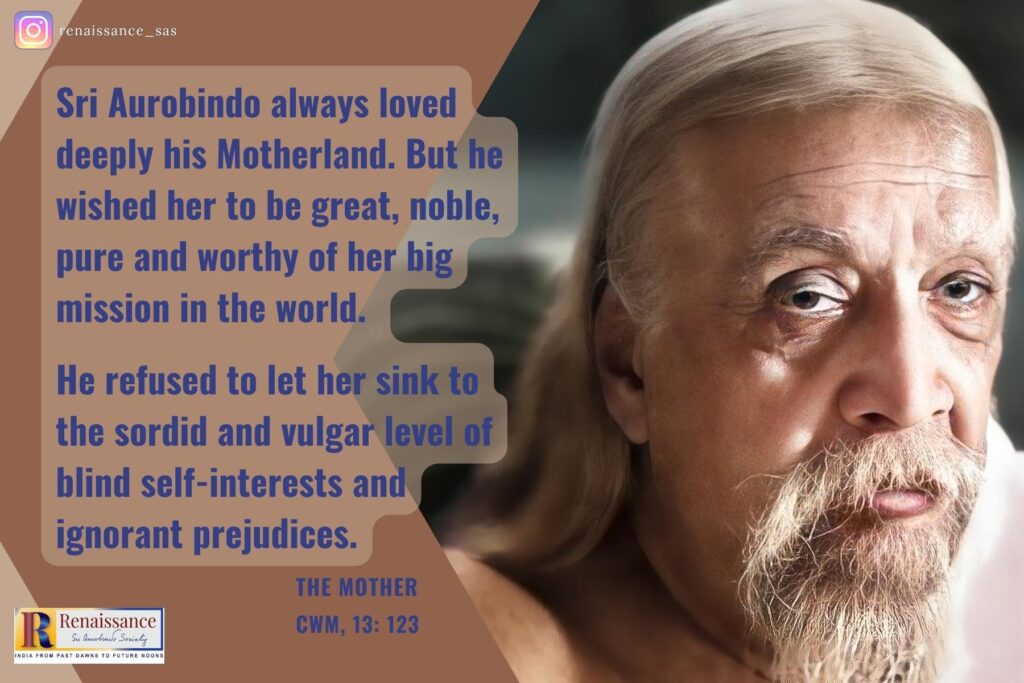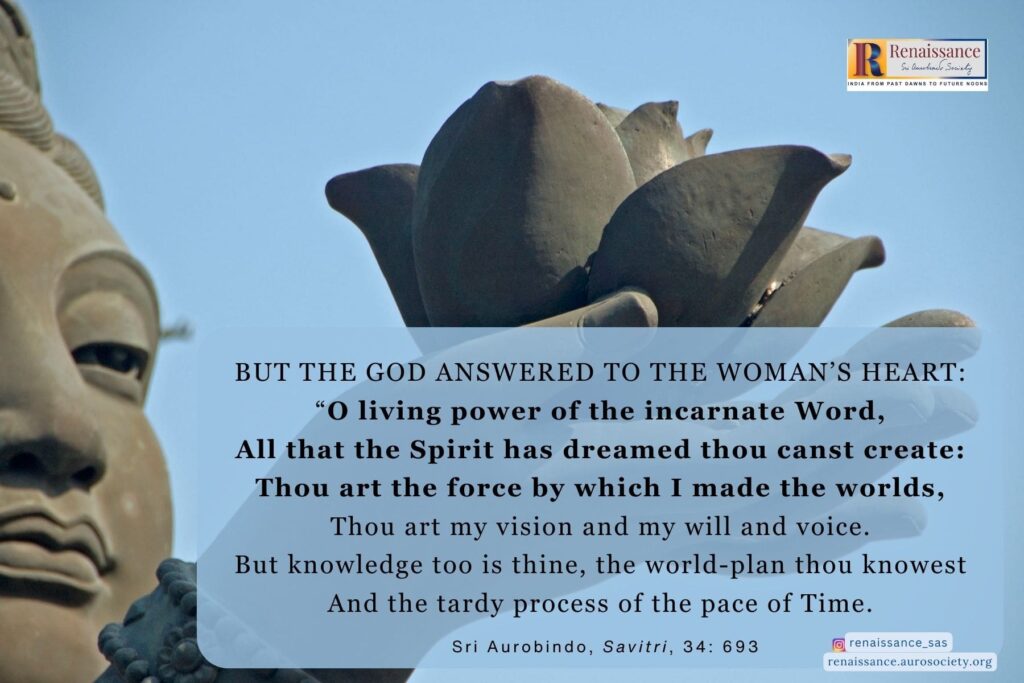Editor’s note: Chitra Kolluru who like most women wears many hats — working professional, mother, wife, daughter and more — writes a heartfelt reflective piece. She shares how her understanding of human relations has been deepening as she makes conscious effort to be an aspirant on the path of Integral Yoga.

How else can I write about relationships and Yoga without reflecting on my own relationships at home and at work, with extended family and with friends?
My mind goes to the relationships I treasure, and also the ones I sometimes don’t value until I am pulled away from them. It also goes to the ones that inspire me with their intermittent touch, the ones I want to build but am shy to go beyond my mental boundaries, and also the ones that I lost along the way. And then there are the relations that were not meant to be, were short-lived and yet taught me a thing or two, the ones whose value I realized after I lost them from my life, life that kept me busy in its dealings.
As I think of all these relationships, I cannot help but question – how do we form relationships?
We are born into a family by providence and form natural relationships with our parents, grandparents, and siblings. There are also friendships and other relations based on mutual affection and care. And then there are a few others that are formed due to certain special situations.
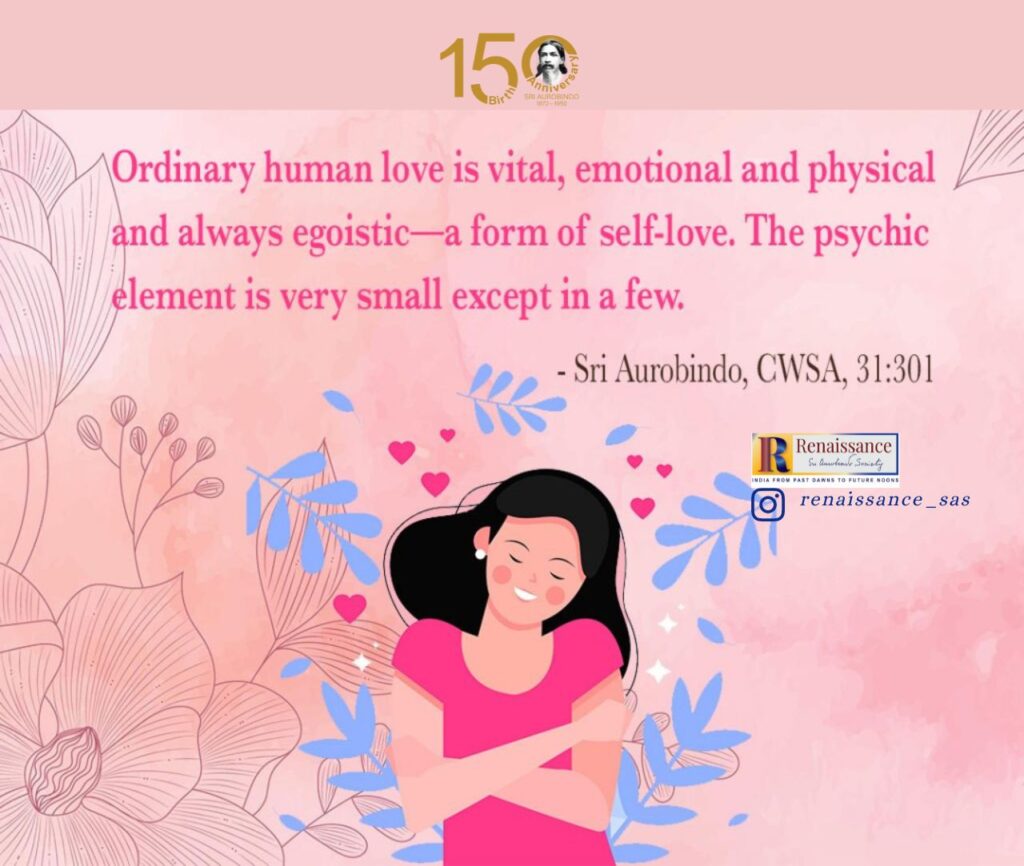
Within two years of our move to a new residential community, Covid struck and all socializing stopped. We all were locked in our houses and at best were allowed to socialize within a small community. Within a few months, we had made some very thick friendships. We were friends who came close owing to the situation we all were faced with. But once the times changed, only some friendships stuck on.
The Gita talks about our gunas driving all our behaviours including how we build and behave in our relationships. All of us carry a different combination of the three gunas – Tamoguna, Rajoguna and Satoguna – which drive all action and choices. The Tamoguna signifies inertia, procrastination, fatalistic attitude, choices based on immediate convenience as opposed to any deeper aspiration. The Rajoguna signifies ego-driven ambition, passion without reins, focusing on the ego-self and an ego-centric motive to everything one chooses, including the way we relate with people in our lives.
Also Read:
Make Not a Bond of Love
The Satoguna signifies a balanced approach to things and choices in life and seeks for harmony. But since this too is part of prakriti, nature, and therefore can still be overpowered by the natural impulses driven by other two gunas when we make our choices in life. Hence our seers and sages have been guiding us to constantly elevate ourselves in our consciousness and work toward a greater and greater self-discipline and self-mastery.
To illustrate, in the Mahabharata, Dhritarashtra’s relationship with Duryodhana was primarily driven by moha (attachment) without any parental guidance. The father-son relation was in fact a victim to ambition and greed. Karna’s relationship to Duryodhana was also based on an aggressive rajasic motive. Karna’s motive was of returning the favour Duryodhana had done to him when he made him a king and boosted his ego.
The Indian spiritual cultural tradition emphasises Dharma as the true basis for organising our individual and collective life.
The idea of the Dharma is, next to the idea of the Infinite, its major chord; Dharma, next to spirit, is its foundation of life.
~ Sri Aurobindo, CWSA, Vol. 20, p. 148
Thus, our relationships must also be grounded in Dharma. Dharma is not a common or a standard or a stagnant rule of law or even a duty. It is dynamic and eternal in the sense that it is relevant to the time and person in question and driven by the inner law and soul-driven turning of an individual rather than any external societal norms or conventions. Dharma is even above and beyond the ordinary mind-based law. It has a higher ethical component to it, but is again not limited by mind-informed sense of morality.
Dharma, not the gunas, must guide our actions, our choices, and our relationships. That means our higher and deeper aspirations and not what pleases us in this moment must guide us through life.
The Kathopanishad talks about shreyas – the path that is good, and preyas – that is pleasing. In life we are always faced with these too paths. Choosing either of the two has an outcome associated with it. In the present context, it may mean choosing to be with people who can hold us on our journey or stay the course with us, whose presence helps us become more authentic, honest, sincere.
We must ask ourselves – are we able to look beyond what the senses show us when we pick the people with whom we want to associate or enter long-term relationship of any kind? It is also important to reflect on how we nurture a relationship. For example, what drives our conversations with others? Is it honesty or hypocrisy? What builds a sense of trust in any relationship? Is it merely an emotional connection with the other person, or simply a matter of convenience or habit? Or is truth the basis of mutual trust?
Two years back, with the Mother’s Grace and with some motivation from family and friends, I started reading Sri Aurobindo and attending some satsangs. I really felt that this is how the Mother held me by her hand and showed me the way. Since then, I have started to look at my relationships in a new light.
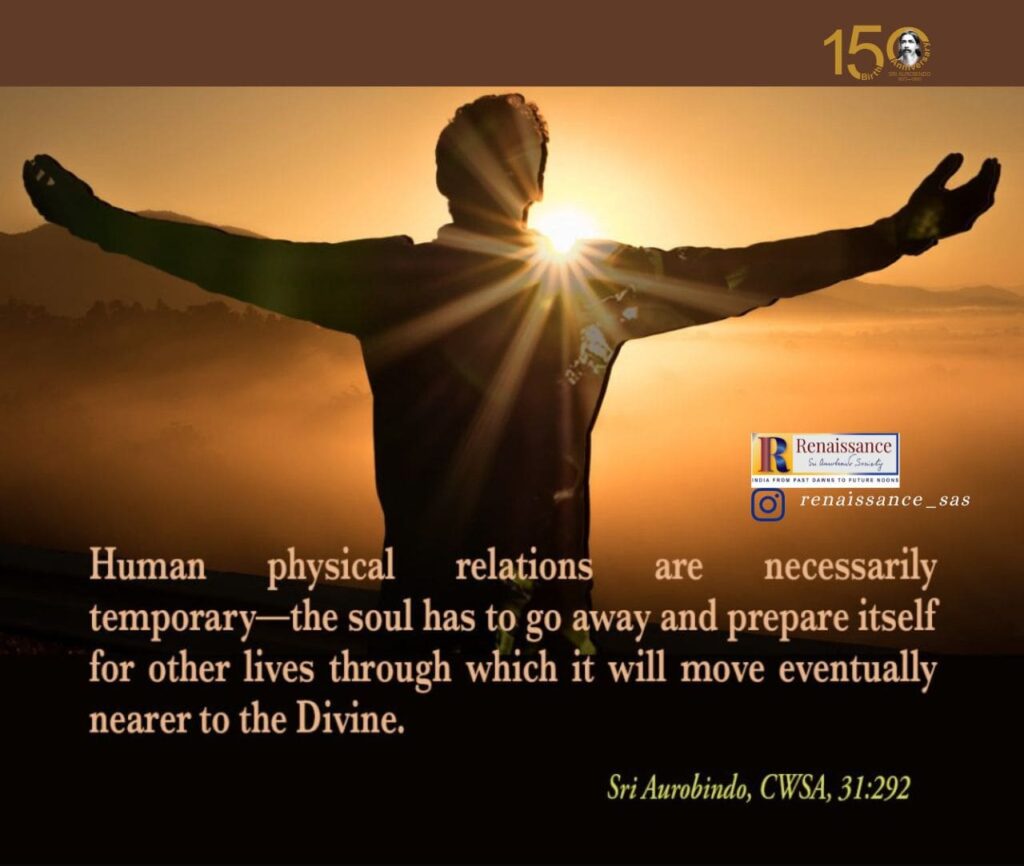
I have come to realise that my husband, my daughter and my son, while living their lives are also part of my life to fulfill something in me, to teach me something, to help my soul progress on its journey, to take a few more steps in this life towards the Divine. I also realise that I can see this only when I step away from them into moments of solitude.
I understand that my husband’s indifference, his love for physical fitness are here to teach me. My daughter’s calmness combined with her lack of sensitivity and my son’s meanness and his outpouring emotion, are all my guides to something bigger. My mom’s concerning word and unsolicited advice, no matter how irritating, is what I need.
And more importantly, I tread more consciously and carefully when it comes to choosing the friends with whom to spend my time. I am trying to become more careful when I tend to judge others. I try to remember the Mother and remind myself that the truth is not just what meets the eye, it’s what lies beneath, and that is hard to unearth.
During the past two years, the Mother has sent her messengers into my life to touch me, so that I may breathe, feel, experience tenderness as I slowly learn to accept what comes my way in the form of life. That I do not have it easy and shallow and yet do not break prematurely.
I have my therapist who is easily my newest and best friend. And there is my Homeopathic doctor who urged me to take it slow. I also have my Ayurvedic doctor who is proud and loud but unabashedly agrees to God working through his treatment and is humble like that. Then there is my satsang guide who is kind yet detached to show me the way.
I also have friends who have reentered my life and who hold me with affection. But I also realise now that those friends who slipped away – perhaps because I made some choices based on my inner calling – they too have taught me what the Mother wants me to learn. Not always have I given all these messengers credit, but I say today a silent prayer for their presence and exit.
Rishi Yagnavalka says in the Isha Upanishad, the self loves the wife, not for the wife but for the self. I remind myself that I have no need to go forward and make friends, show off, pass favours or do the uncomfortable. I need to build the courage to be honest and stay grounded in my Dharma, and learn along the way so that I may progress through all the relationships in my life.

Author’s Note of Gratitude
- To Alok bhai whose talks have inspired me immensely. I have borrowed the Mahabharata and Gita references from one of his talks.
- To Lakshmi Jyothi for explaining Sri Aurobindo’s translations on the Kathopanishad.
- To Beloo Mehra for explaining Sri Aurobindo’s explanation of the Isha Upanishad and for the guiding the series on Relationships and Yoga through our satsangs.

~ Design: Ramajayam Ramachandiran
~ Cover image: Biswajita Mohapatra

